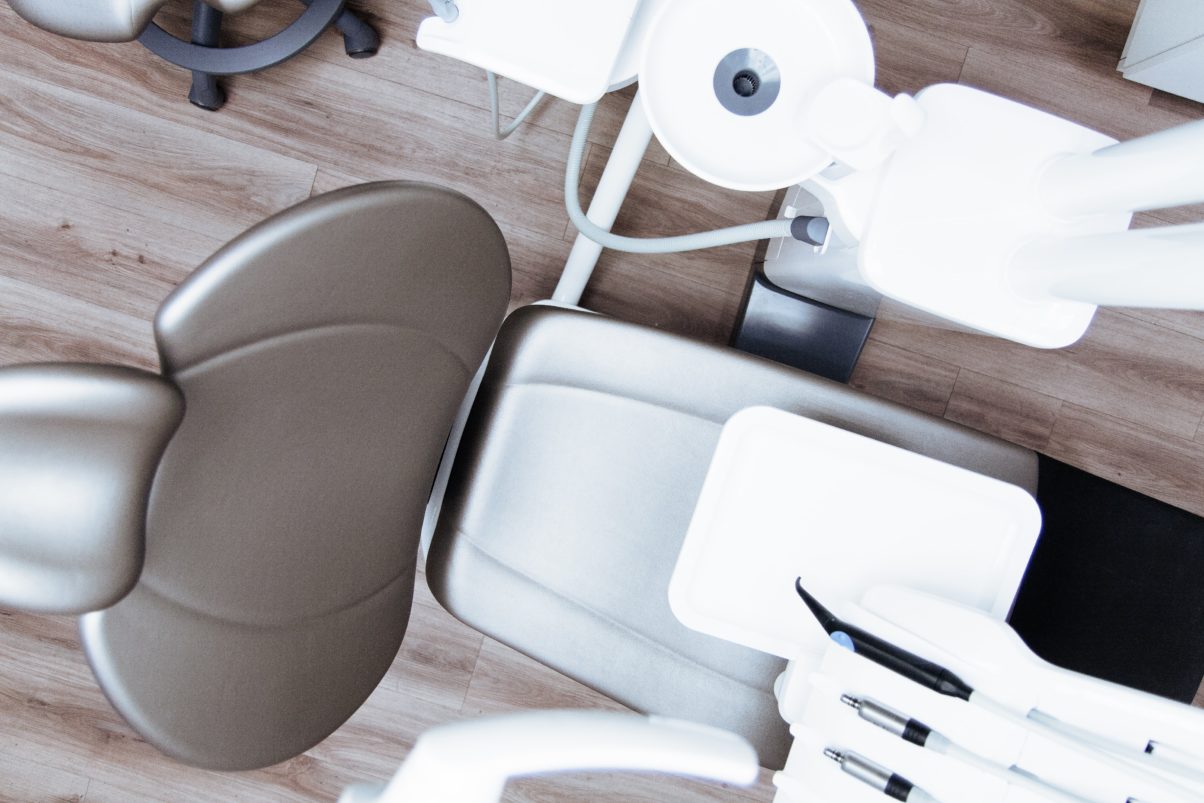Just like other parts of your body, your jaw bone is made of living cells that constantly grow and change. When you lose a tooth, it can cause your jaw to lose its structural integrity due to bone resorption. Bone grafts can help prevent or mitigate this loss. They can also prevent speech and chewing problems while making your jaw strong enough to support implants or prosthetics.
3 Benefits Bone Grafts
Dentists use bone grafts for three main purposes:
Saving Teeth
If severe gum disease has led to bone loss, teeth may become loose. To save them, dental professionals use grafting to regenerate the surrounding bone.
Dental Implants
Since implants require good bone volume and density, dentists often use grafts to help regenerate enough bone to support the artificial structure.
Tooth Extractions
These days, it’s common for dentists to deposit grafting material into a socket once a tooth has been extracted. This helps to ensure good underlying bone support, should a patient choose to replace a lost tooth with a dental implant at some point in the future.
The Problems with Extractions
When people lose teeth, they often experience atrophy of remaining alveolar bone. Since chewing and biting stimulate bone growth in the jaw bone; a missing tooth will reduce this stimulus and signal the body’s osteoclasts to break down the jawbone. Although new bone continues to form, it occurs at a lower rate than the destruction of bone.
This is why tooth extraction is commonly linked to jawbone loss, according to research in the Indian Journal of Dentistry. In fact, up to a quarter of jaw bone loss can occur within only the first year after an extraction. Wearing dentures can increase the rate of bone deterioration. If the bone shrinks enough, a patient’s dentures may become too loose to wear.
As the bone continues to deteriorate throughout a person’s life, he or she may begin to experience impaired speech and chewing, along with muscle dysfunction. Unfortunately, the bone loss can also leave the person without sufficient soft-tissue or bone to support a prosthetic.
How Bone Grafts Help
Many dental professionals now use various bone-grafting materials to prevent these types of problems. One type of graft includes the use of organic materials composed of living tissues that promote bone formation. Dentists also use nonbiological “scaffoldings” designed to encourage bone growth.
Grafts provide a sort of matrix for new bone growth in defective areas, while also filling in extraction sites to maintain the width and height of the alveolar ridge. They are also performed to improve the success rate of dental implants, often in connection with the post-extraction implant. Bone grafts can be done alone or combined with various types of guided-tissue regeneration (GTR).
In addition to preventing or mitigating bone loss associated with tooth extraction, bone grafts can greatly enhance the aesthetics and function of implants, crowns and dentures. Bone-replacement grafts in the anterior region can also preserve ridge topography for the appearance and health of fixed bridgework.
Do I Need a Bone Graft?
It’s important to ask your dentist if you can benefit from a bone graft anytime you have an extraction. In many instances, a crown or bridge will be able to provide enough stimulus to prevent bone resorption. To know for sure, however, you need to talk to your dentist or oral surgeon. You should also contact your dental insurance provider to make sure they will cover your bone grafting procedure.


 Previous Article
Previous Article

